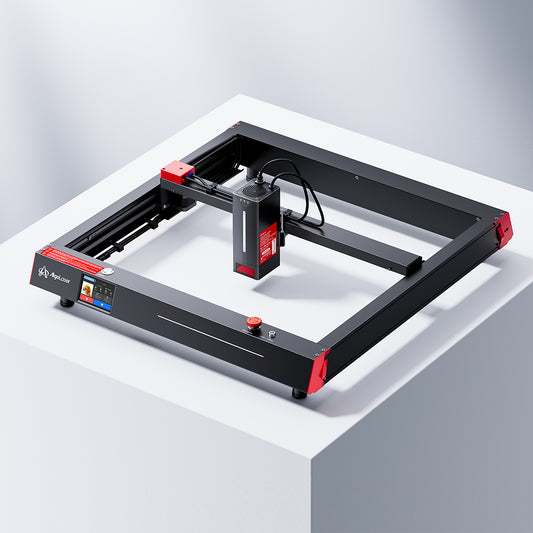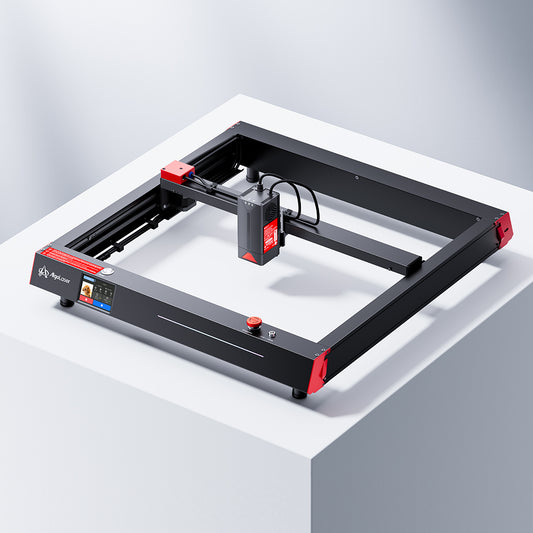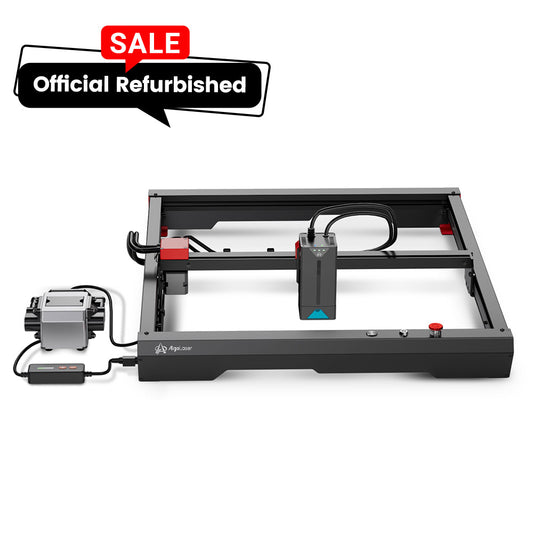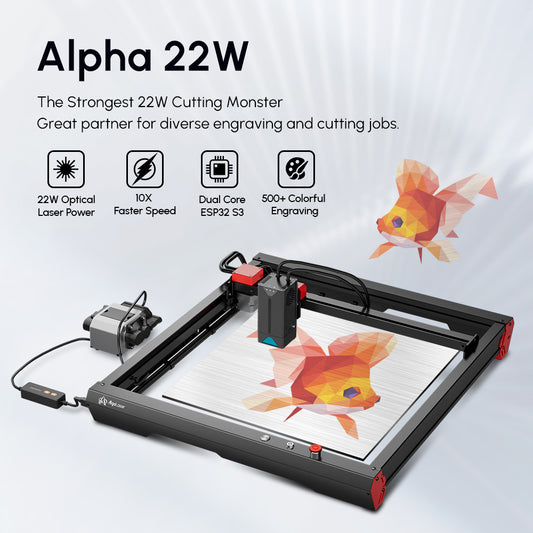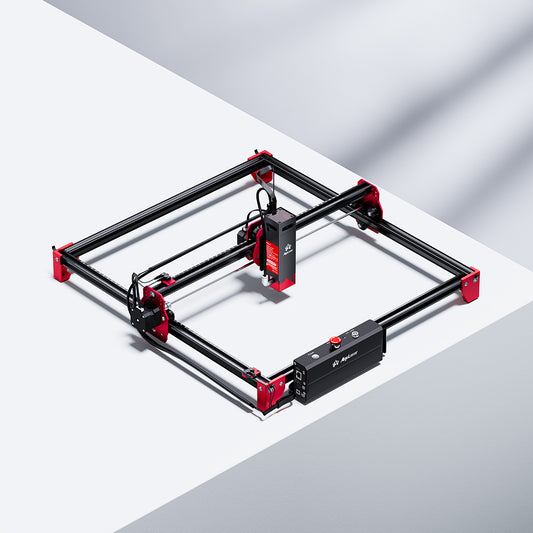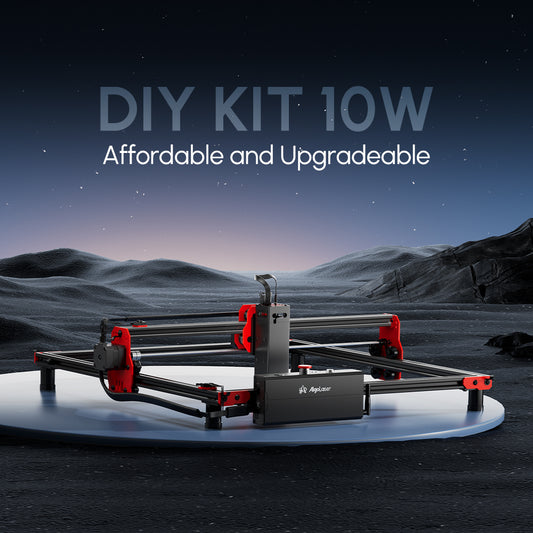With your design ready, it’s time to move the laser module over the engraving area and verify that everything is correctly positioned.
4.1. Adjust the Picture Size
Before you begin cutting, ensure that the design fits the engraving area properly. If necessary, adjust the picture size directly on the screen to ensure that the puzzle pieces will fit on the plywood.
4.2. Move the Laser Module Over the Engraving Area
Manually move the laser module over the plywood to ensure it aligns with the starting point of your design. Once you’ve positioned the module, click on the border preview to see a visual representation of where the laser will cut.
4.3. Check the Engraving Area
Click on "Cut Border" to define the outer edges of the puzzle. This will create a guide for the laser, ensuring that it cuts precisely along the design’s boundary.
4.4. Start the Engraving and Cutting Process
Once everything is aligned, click "Start" to begin the engraving and cutting process. The laser will follow the path defined in the design file and start cutting the puzzle pieces out of the plywood. Be sure to monitor the process carefully, especially for the first few pieces, to ensure everything is going smoothly.







